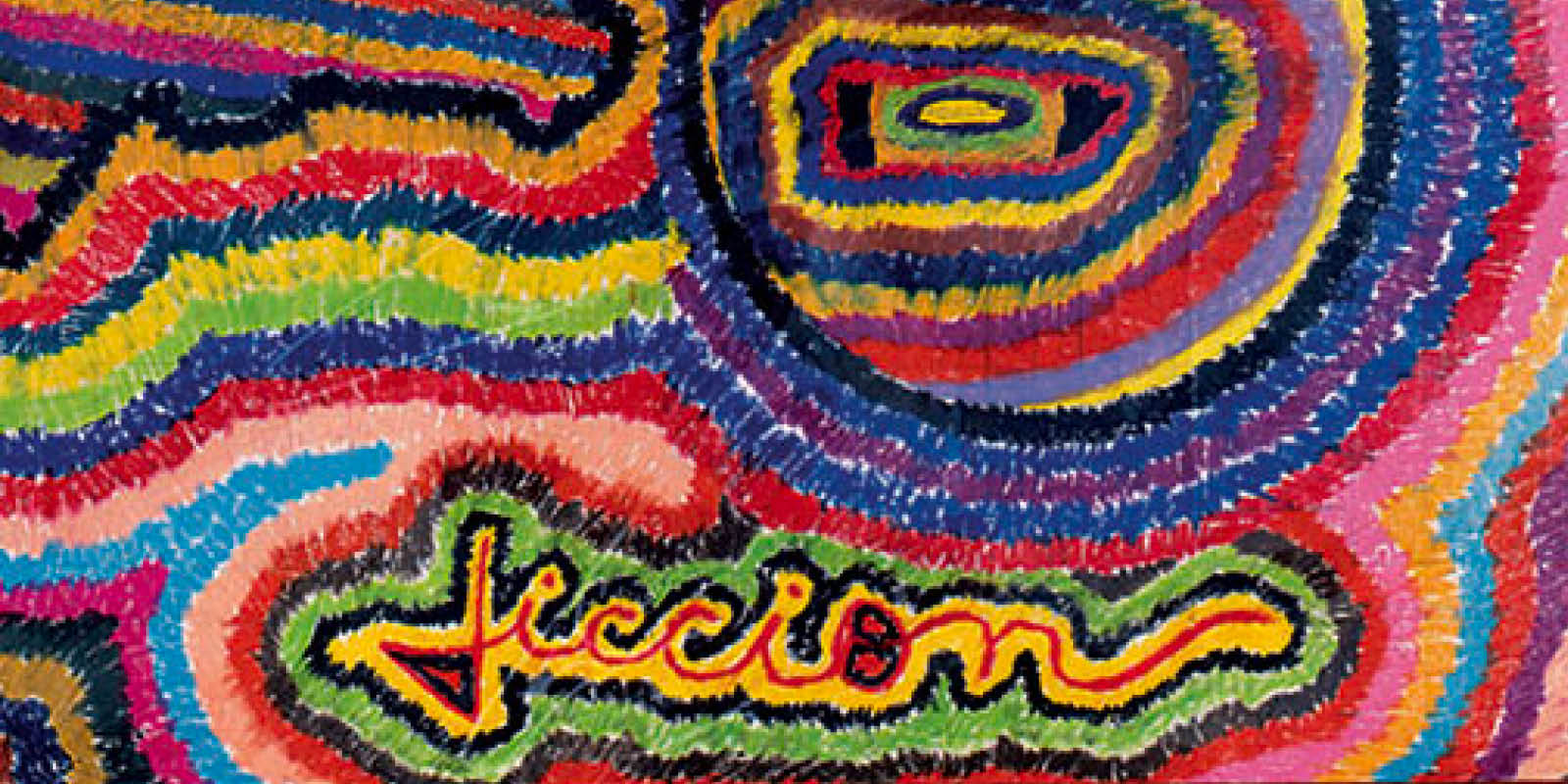El Museo has invited the featured artist, Beatriz Santiago Muñoz, to mine El Museo’s collections of over 8,000 objects to select works that connect to her ideas, her films, her way of working and other narratives of symbolic importance.
She notes: Some of this work, such as the early films of Raphael Montañez Ortiz or the sculpture of Marcos Dimas, follows a line of thought from material and formal experimentation to mystical thought or vice-versa. Others look at the ways in which a place and a body is marked, mapped and drawn; from pipelines to petroglyphs. There are prints, mostly from the 70s and early 80s that play with simple icons: star, island map, scarab. They seem to me to be drawn from a language of abstraction that is a lot older and deeper than the 20th century.
Recently, I have made films that deal with the fraught relationship of politics to aesthetics and about the unspectacular nature of freedom, with Carlos Irizarry and Elizam Escobar respectively. Their work in the collection is very different from each other—one is the deeply personal work of the artist while in prison while the other’s raw material is the mediated political image.
Finally, there are the carved and shaped Taíno objects: spheres, petal-shaped hand axes, a cosmic twin amulet, pestles and phallic objects. We have no certainty about their use or their meaning, and yet we can hold them and wonder about the process of making them. Through the objects we may tenuously hold in our mind the metaphysics that gave birth to them.
El Museo del Barrio’s Women Artists Retrospective Series
In recognizing the historical exclusion of women from the art professions, which has directly contributed to an international museum culture predisposed to male artists, El Museo del Barrio is resolved to challenge this gender bias, within our means and within our walls, by organizing a retrospective or major survey of works by outstanding women artists—one in each fiscal year.
The surveys will span decades of an artist’s career, occupy the majority of the gallery space in the museum, and be accompanied by public programs and a book publication with new scholarship that positions and conveys the import of the artist’s contributions to the field.
